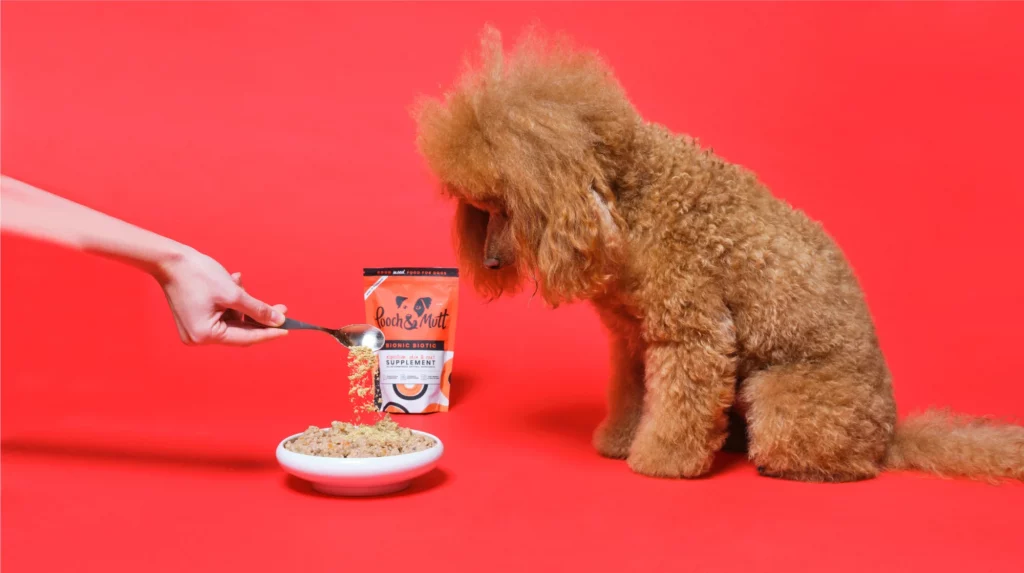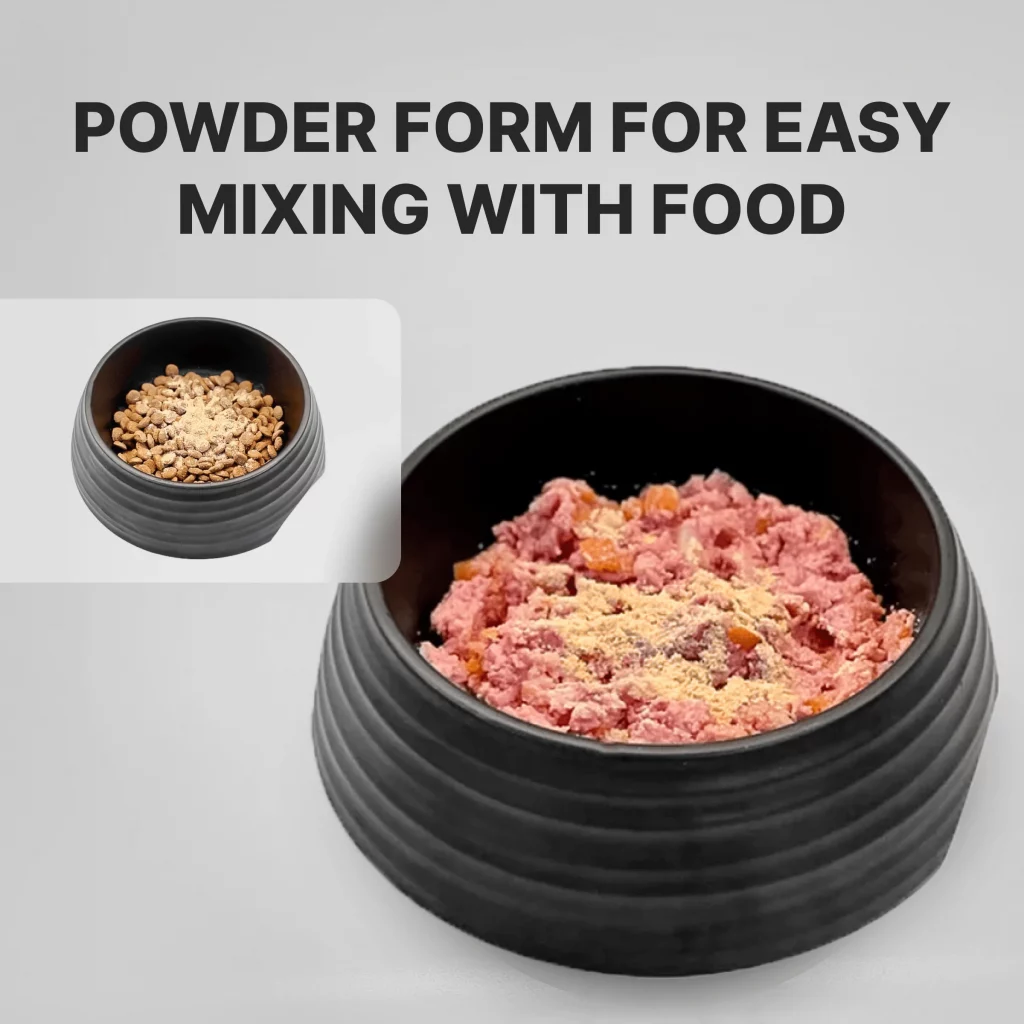Giving your dog or cat a daily probiotic supplement can do wonders for their digestive health, immunity, and overall wellness. But while probiotics are beneficial, getting your pet to take them consistently can be challenging. Whether you’re dealing with a fussy feline or a suspicious pup, this guide will walk you through simple, stress-free ways to introduce probiotics into your pet’s routine.
Why Pets Need Probiotics
Probiotics are live beneficial bacteria that support gut health. They help maintain a balanced intestinal microbiome, aid in digestion, support immune function, and may reduce inflammation, allergies, and stress responses. Pets who are on antibiotics, suffer from digestive issues, experience stress, or have weakened immune systems can especially benefit from daily probiotics.

Forms of Pet Probiotics
Before giving probiotics, it’s essential to choose a form that works best for both you and your pet:
- Powders – Can be sprinkled on food and are usually tasteless.
- Chews – Come in treat form and are often flavored to appeal to pets.
- Capsules – Can be hidden in food or opened and sprinkled.
- Liquids – Usually mixed with food or administered with a dropper.
How to Give Probiotics to Dogs
1. Mix with Food
The easiest way to give your dog probiotics is to mix them into their regular meals. Powder or liquid probiotics blend well with wet food and even dry kibble, especially if slightly moistened.

2. Use Probiotic Treats or Chews
Many pet brands offer probiotic chews that look and taste like treats. Dogs are generally more compliant with these, making them a hassle-free option.
3. Hide Capsules in Food
If you’re using capsule-based probiotics, you can hide them in soft food like peanut butter, canned pumpkin, or a dog-safe meatball. For stubborn dogs, consider using a pill pocket.
4. Administer with a Syringe
For dogs on a liquid probiotic, use an oral syringe to squirt the supplement into their mouth. Follow it with a treat for positive reinforcement.
Pro Tip:
Be consistent. Give the probiotic at the same time daily, ideally during or just after meals for best absorption.
How to Give Probiotics to Cats
1. Mix Powder with Wet Food
Cats are notoriously finicky, but many will accept tasteless probiotic powder mixed with a small portion of wet food. Start with a small amount to ensure acceptance.
2. Use Flavorless Options
Choose a probiotic that is specifically labeled as flavorless and odorless. Cats are sensitive to smell and texture, so subtlety is key.
3. Try Soft Chews
Some probiotic brands make soft chews for cats, often in chicken or salmon flavor. If your cat enjoys treats, this can be a convenient method.
4. Administer via Syringe (Last Resort)
For cats that refuse food-based delivery, liquid probiotics can be administered directly with a syringe. Be gentle and ensure your cat is calm—this method should only be used if other approaches fail.
Pro Tip:
Start slowly. Introduce probiotics in small amounts and monitor your cat’s reaction. Gradual exposure helps prevent refusal.
Tips for Success
- Read the Label: Always follow the dosing instructions based on your pet’s size and weight.
- Choose Pet-Specific Products: Human probiotics are not always appropriate for animals. Use only pet-approved formulas.
- Store Properly: Some probiotics require refrigeration to maintain their potency. Always check the label.
- Talk to Your Vet: Especially if your pet has existing health conditions, consult your veterinarian before starting a new supplement.
- Be Patient: Not all pets take to new supplements immediately. Give it time and try different delivery methods.
When You’ll See Results
Every pet is different, but many owners report improvements in digestion, stool consistency, and overall energy within 1 to 3 weeks of daily probiotic use. Long-term benefits include improved skin, reduced allergies, and enhanced immunity.
Final Thoughts
Giving your dog or cat probiotics doesn’t have to be a battle. With the right product and delivery method, you can easily integrate this healthy habit into your pet’s routine. Start slow, stay consistent, and always keep your pet’s comfort and health top of mind. Your furry friend will thank you for it with better health and a happier belly!

Leave a Reply